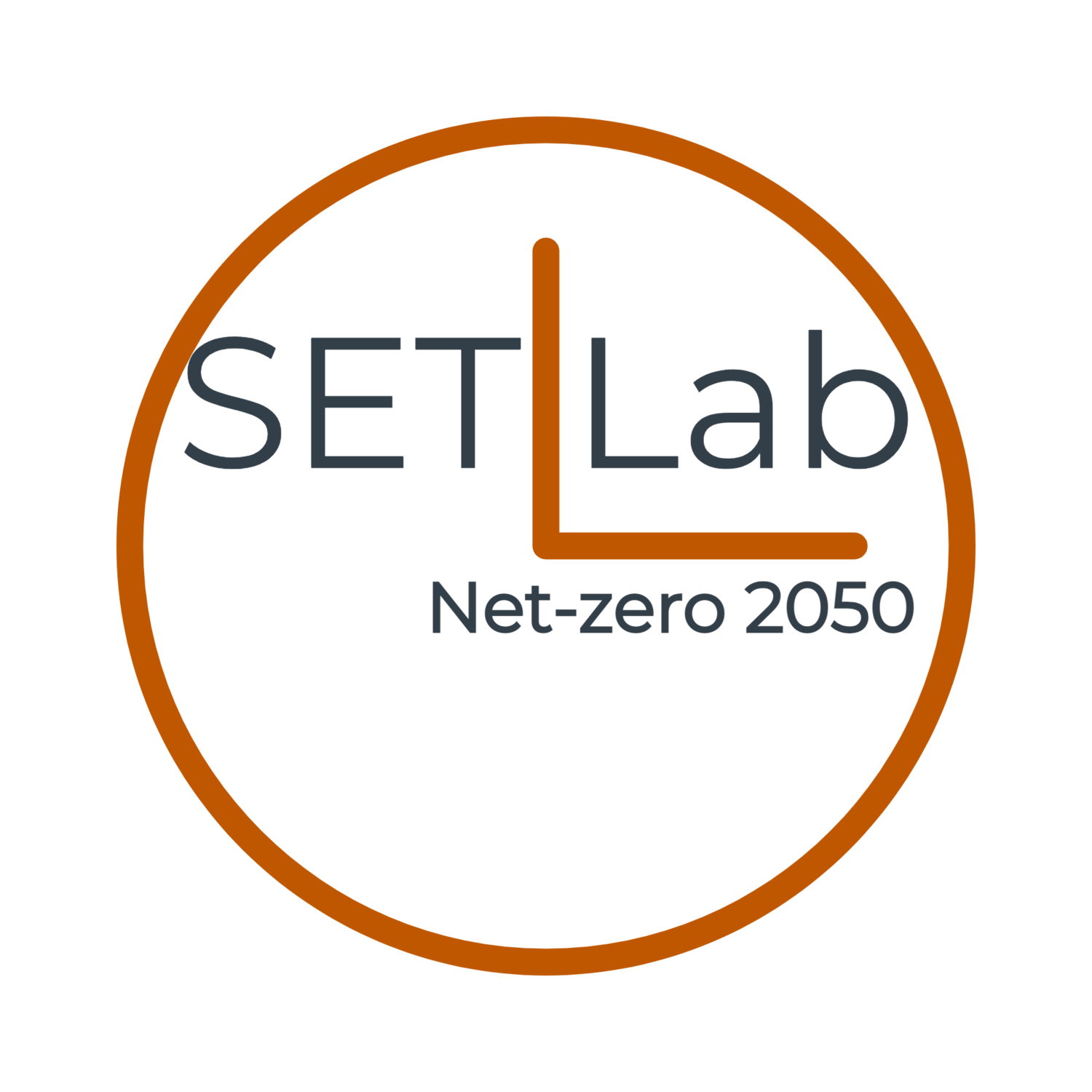
Methane Emissions
Reducing methane emissions from the oil and gas supply chain is a critical component of global climate action. Over 100 countries have pledged to reduce methane emissions by 30% by 2030 as part of the latest round of climate commitments. Major oil and gas companies have also announced plans to significantly reduce methane emissions through venting and flaring. Because methane contributes to nearly a quarter of observed radiative forcing and has a short atmospheric lifetime, mitigating methane has significant near-term and long-term benefits. In addition, reducing methane emissions also concurrently reduces emissions of volatile organic compounds that contribute to urban pollution and air quality issues.
The SET lab is one of the leading groups in the world measuring and modeling methane emissions from North American oil and gas operations. Specific areas of research in our lab include:
Direct measurements of methane emissions across upstream, midstream, and downstream sectors of the oil and gas supply chain.
Assessments of new technologies such as satellites, aircraft, drones, and continuous emissions monitoring systems through controlled and field trials.
Techno-economic modeling of methane mitigation policies to develop cost-effective mitigation approaches.
Hiring Status: We are currently hiring new PhD students, post-docs, and senior research scientists for projects involving field evaluation of new methane detection technologies and modeling supply chain emissions using multi-scale measurements.
Select Publications
J. Wang, W. Daniels, D. Hammerling, M. Harrison, K. Burmaster, F. George, and A.P. Ravikumar (2022). Multi-scale methane measurements at oil and gas facilities reveal necessary framework for improved emissions accounting. ChemRxiv.
J. Wang, B. Barlow, C. Robinson, W. Funk, A.R. Brandt, and A.P. Ravikumar (2022). Large-scale controlled experiment demonstrate effectiveness of methane leak detection and repair programs at oil and gas facilities. In Review.
D. Singh, B. Barlow, C.H. Hugenholtz, W. Funk, C. Robinson, and A.P. Ravikumar (2022). Field performance of new methane detection technologies: Results from the Alberta Methane Field Challenge. In Review.
J.S. Rutherford, E.D. Sherwin, A.P. Ravikumar, G. Heath, J. Englander, D. Cooley, D.. Lyon, M. Omara, Q. Lang tt, and A.R. Brandt (2021). Closing the gap: Explaining persistent underestimation by US oil and natural gas production-segment methane inventories. Nature Communications 12 4715.
A.P. Ravikumar, S. Sreedhara, J. Wang, J. Englander, D. Roda-Stuart, C. Bell, D. Zimmerle, D. Lyon, I. Mogstad, B. Ratner, and A.R. Brandt (2019). Single-blind inter-comparison of methane detection technologies results from the Stanford/EDF Mobile Monitoring Challenge. Elementa: Science of the Anthropocene 7 37.
T. Fox, T. Barchyn, D. Risk, A.P. Ravikumar, and C. Hugenholtz (2019). A review of current and emerging technologies for monitoring methane emissions in upstream oil and gas. Environmental Research Letters 14 053002.
A.P. Ravikumar, J. Wang, M. McGuire, C. Bell, D. Zimmerle, and A.R. Brandt (2018). Good versus good enough? Empirical tests of methane leak detection sensitivity of a commercial infrared camera. Environmental Science & Technology 52 2368.
A.P. Ravikumar, J. Wang, and A.R. Brandt (2017). Are optical gas imaging technologies effective for methane leak detection? Environmental Science & Technology 51 718.
